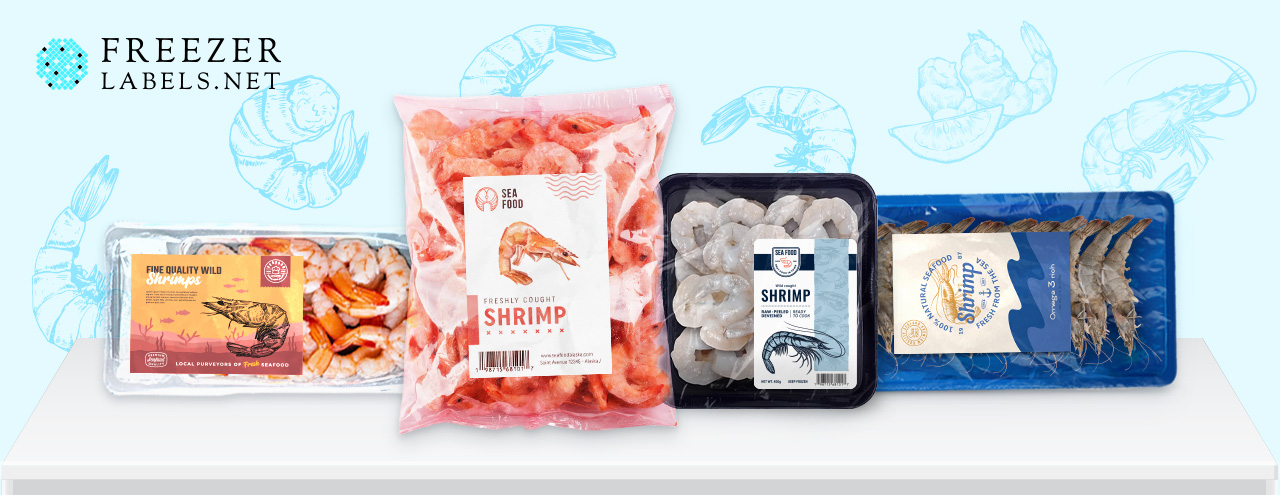According to the Seafood Health Facts Website, shrimp is at the very top of all seafood consumed in the U.S, ranking better than salmon and canned tuna. The variety of shrimp products in supermarkets is impressive and consumers can take their pick between frozen or fresh, breaded or smoked, pickled or canned, farmed or wild, imported or domestic shrimp.
Since 90% of the shrimp consumed in the U.S. is imported from Asia, shrimp sellers have quite a job labeling their product properly, because they often can’t even be sure of the product’s real origin.Thanks to the easy availability of information online, food buyers are now better informed about products than ever before, so shrimp mislabeling and mishandling of food can do a lot of damage to food producers and importers, not only to consumers. That is why it is paramount that accurate seafood labels are used on all food products.
What to Consider When Selling Shrimp
Shrimp producers and importers need to pay close attention to how they label their shrimp product for sale in order make it more appealing to consumers. As noted earlier, today’s shoppers are informed, curious about what they are buying, and very interested in the health benefit of the product. Therefore, labeling has become a powerful means of marketing a product, not only a mandatory step required by food safety agencies.
There are some basic details about a product that each shrimp packaging needs to include, such as a statement of identity (i.e. “frozen shrimp”), ingredients (if the product contains anything else other than shrimp), the producer’s or packer’s address, nutrition facts and net weight. It also needs to include a statement of production which informs buyers about whether the shrimp was farmed or caught wild.
Apart from this mandatory label elements, there are many other ways to appeal to consumers using health claims or other interesting information. For example, you may want your potential customers to know that the shrimp has not been subjected to antibiotics, or perhaps your product has been certified by authoritative agencies for sustainable or responsible farming, which would bring a lot of value to the product.
Freezer Grade Adhesives for Durable Shrimp Labels
Since shrimp is most commonly sold and stored frozen, the labels on the product packaging should be made from specialty freezer proof paper or some label stock that reacts well to moisture and cold temps (vinyl, polyester, etc.). Using a freezer grade adhesive is of utmost importance, because less powerful adhesives will result in labels that peel off the product and make the manufacturer look unprofessional. Frozen food labels are not just about an appealing design, but also about the label’s size, shape, material, printing method and how the labels are frozen – all these things combine to make a successful sticker that will represent a brand.
Freezer Label Pros will take into consideration all relevant information about your shrimp product, your label preferences and your budget potential to come up with the right freezer label solution for your needs.

